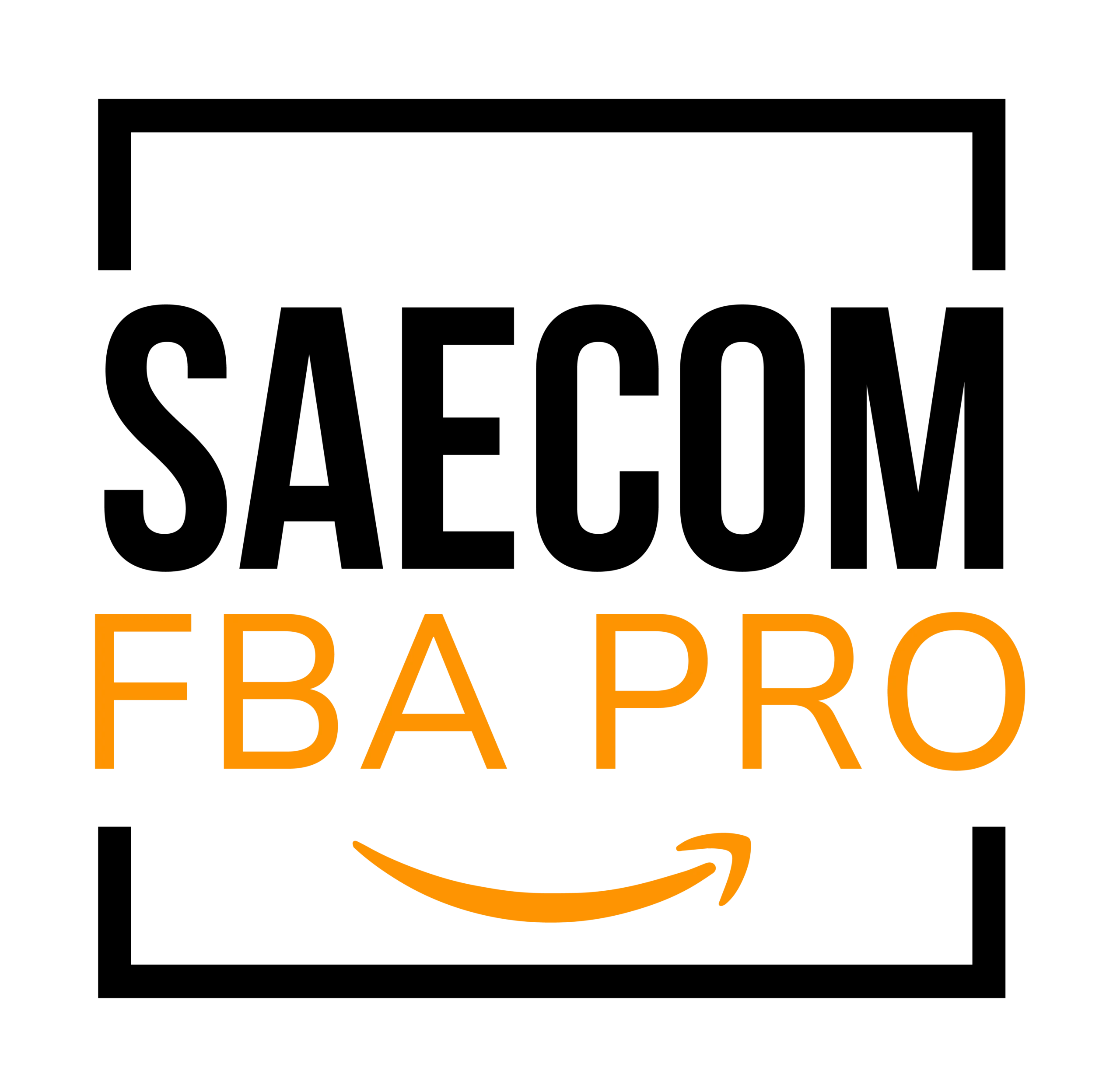Third-Party Logistics Explained: How 3PL Works
Growing an ecommerce business is exciting, but expansion also brings new challenges. As sales increase, many sellers struggle with rising demand, shrinking storage, and time-consuming shipping tasks. If this sounds familiar—or if you’ve just launched your online store and don’t want to handle fulfillment yourself—a third-party logistics (3PL) service may be the solution.
By working with a 3PL, you can eliminate common headaches like limited storage space or the daily hassle of dropping packages off at UPS or FedEx. Not only does this save time and money, but it also gives you room to focus on scaling your business.
Amazon offers several 3PL options—such as Supply Chain by Amazon, Fulfillment by Amazon (FBA), and Multi-Channel Fulfillment (MCF)—that make growth easier by handling logistics and fulfillment for you. This guide breaks down what 3PL is, how it works, and when you should use it.
What Is Third-Party Logistics (3PL)?

Third-party logistics providers (3PLs) help ecommerce businesses grow by managing key retail operations like inventory storage, order fulfillment, and shipping. Many also handle returns and exchanges.
Common 3PL services include:
- Warehouse storage
- Shipping coordination
- Picking and packing orders
- Retail distribution
In short, a 3PL streamlines logistics. You pay a service fee, and the provider takes care of stock, packaging, and delivery—freeing you up to focus on sales and marketing.
Types of 3PL Providers
While there are many variations, most 3PL providers fit into three main categories:
- Transportation providers – These focus on moving goods from one place to another. They may deliver directly to customers but usually don’t handle returns. Examples include freight companies, couriers, and shipping carriers.
- Space management providers – These offer warehouse storage and fulfillment services. They often help with inventory tracking and processing returns.
- Full-service providers – These manage the entire supply chain, including production, packaging, shipping, and customer support. Some even provide advanced analytics and IT solutions for deeper insights.
How Does a 3PL Work?
The way a 3PL operates depends on the provider, but the basic process usually looks like this:
- You send inventory to the 3PL (either from your supplier or storage).
- The 3PL receives, sorts, and stores your SKUs in its warehouse.
- When a customer places an order, it’s transmitted to the 3PL—either automatically through software or manually.
- A worker picks and packs the items for shipment.
- The 3PL ships the package through a carrier like FedEx, UPS, DHL, or USPS.
This model allows ecommerce sellers to scale without being weighed down by storage and shipping logistics.
When Should You Use a 3PL?
A 3PL can be a game-changer if you’re experiencing any of these challenges:
- You’re selling more products than you can store or ship on your own.
- Managing logistics is taking time away from growing your business.
- Storage costs are too high or managing inventory has become overwhelming.
- You’re financially ready to invest in outsourcing fulfillment.
- You want faster, cheaper shipping by leveraging a provider’s warehouse network.
Some 3PLs set minimum monthly order requirements (for example, 50–100 orders), so be sure to confirm before signing up.
Key Factors When Choosing a 3PL Provider

1. Shipping options (FTL vs. LTL)
Find out if the provider offers both Full Truckload (FTL) and Less Than Truckload (LTL) shipping. FTL is best for large shipments (e.g., pallets), while LTL is cost-effective for smaller shipments since your goods share space with others.
2. Inventory management
While sellers typically manage their own stock, some 3PLs provide dashboards with real-time data. For example, Amazon FBA offers tools to track sell-through rates, stock levels, and expiration dates to avoid overstocking or stock-outs.
3. Fulfillment services
Most 3PLs pick, pack, and ship orders. Some also provide extras like branded packaging or custom labeling, which can enhance your customer experience and reinforce brand identity.
4. Kitting and assembly
If you sell bundles or curated sets, choose a 3PL that offers kitting (packing multiple SKUs into one box) and assembly (custom presentation, like gift baskets). These services save time and streamline shipping.
5. Analytics and reporting
Some 3PLs offer advanced data analysis beyond inventory tracking. For example, Amazon Brand Analytics provides insights on customer demographics, repeat purchases, competitor comparisons, and top-performing products.
6. Reverse logistics
Returns are part of ecommerce, and some 3PLs handle restocking, recycling, or disposal. Be sure to confirm if there are additional fees for return processing.
7. Warehouse locations
Choose a 3PL with strategically located warehouses to reduce shipping costs and delivery times. The closer the product is to your customer, the faster and cheaper fulfillment becomes.
8. Customer support
Reliable support is crucial, especially when issues arise. Some providers require you to arrange your own freight forwarding, while others offer full-service communication with carriers.
9. Distributed inventory
This lets you split stock across multiple warehouses so orders ship from the location closest to your customer. Amazon, for instance, has fulfillment centers worldwide, ensuring quick deliveries.
Amazon 3PL Solutions
Amazon offers multiple 3PL programs under Supply Chain by Amazon, including:
- Amazon Global Logistics – Streamlined freight shipping from China to Amazon’s fulfillment network.
- Amazon SEND – International shipping across 14 countries via air or ocean.
- Amazon Partnered Carrier Program – Discounted rates for small parcels, LTL, and FTL shipments.
- Amazon Warehousing & Distribution (AWD) – Low-cost bulk storage with automatic replenishment.
- Fulfillment by Amazon (FBA) – Amazon stores, packs, ships, and handles returns on your behalf.
- Multi-Channel Fulfillment (MCF) – Fulfillment for sales across other platforms with fast, low-cost delivery options.
These solutions give sellers access to Amazon’s global infrastructure, helping businesses expand faster and more efficiently.
Final Thoughts: Growing Your Business with 3PL
Third-party logistics services provide the backbone for scaling ecommerce businesses. They handle fulfillment, shipping, and inventory management so you can concentrate on sales, branding, and growth.
Whether you choose Amazon’s 3PL solutions or another provider, the right logistics partner can improve efficiency, cut costs, and elevate your customer experience.
With 3PL, you’re not just outsourcing operations—you’re unlocking new opportunities to grow your business faster.


